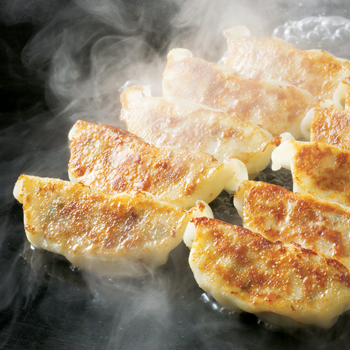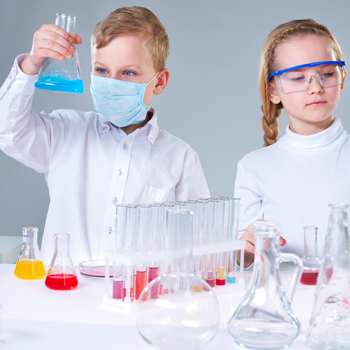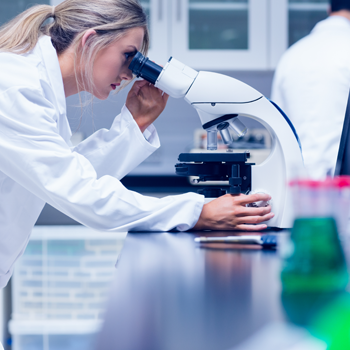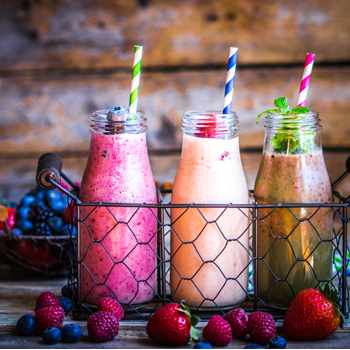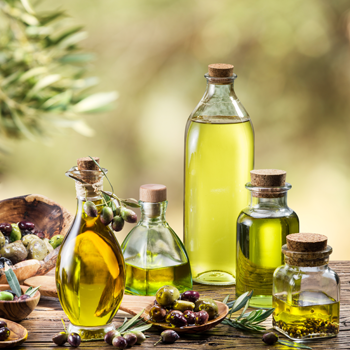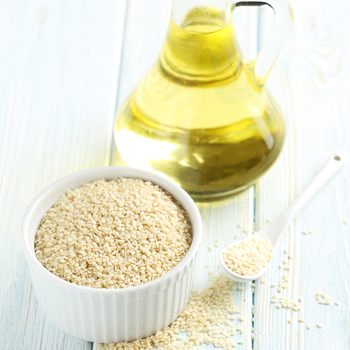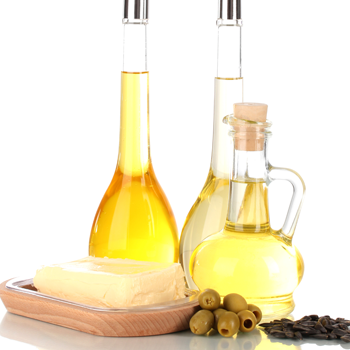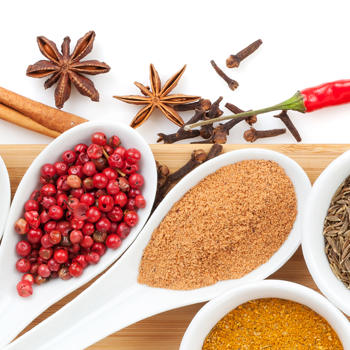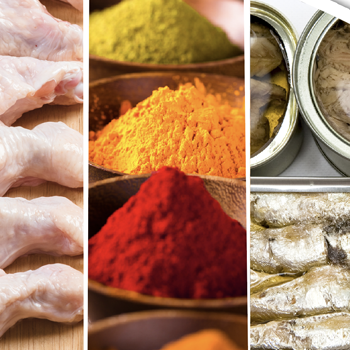สารทดสอบอัจฉริยะ…นวัตกรรมเพื่อประสิทธิภาพเครื่องวัดความชื้น
โดย: บริษัท เมทเล่อร์-โทเลโด (ประเทศไทย) จำกัด
Mettler-Toledo (Thailand) Limited
สารทดสอบประสิทธิภาพเครื่องวัดความชื้นอัจฉริยะ1สำหรับตรวจสอบประสิทธิภาพเครื่องวัดความชื้น (Moisture Analyzer) เพื่อความมั่นใจได้ว่าเครื่องมือที่ใช้งานนั้นมีประสิทธิภาพที่ดี อยู่ในเกณฑ์กำหนดและให้ผลการทดสอบที่ถูกต้องตามมาตรฐาน ซึ่งผลการทดสอบนี้จะส่งผลกระทบโดยตรงไปยังกระบวนการผลิตและบ่งชี้ได้ถึงคุณภาพของสินค้า
สารทดสอบประสิทธิภาพเครื่องวัดความชื้นอัจฉริยะ1 นี้นับได้ว่าเป็นนวัตกรรมแห่งยุคที่ใช้สำหรับตรวจสอบประสิทธิภาพเครื่องตรวจวิเคราะห์หาค่าวัดความชื้นในตัวอย่าง ซึ่งเครื่องวัดความชื้นนี้มีความสำคัญในกระบวนการผลิตและการควบคุมคุณภาพของทุกๆ อุตสาหกรรม ไม่ว่าจะเป็นอุตสาหกรรมอาหาร ยา พลาสติก เป็นต้น
เครื่องวัดความชื้น (Moisture Analyzer) ทำหน้าที่หาค่าความชื้นในตัวอย่างด้วยหลักการ Thermogravimetric Measurement ซึ่งภายในเครื่องจะประกอบด้วยสองส่วนหลักๆ คือส่วนที่ให้ความร้อนและส่วนของเครื่องชั่ง หากแม้เกิดอุปกรณ์ส่วนใดส่วนหนึ่งทำงานผิดปกติหรือเกิดความผิดปกติจากแวดล้อมภายนอก เช่น อุณหภูมิหรือความชื้นห้องผิดปกติ อาจส่งผลทำให้ผลการทดสอบนั้นได้ค่าที่ไม่ถูกต้อง เพราะฉะนั้นในระบบคุณภาพจึงมีการกำหนดให้ผู้ใช้งานดำเนินการตรวจสอบสภาพเครื่องมืออยู่สม่ำเสมอเพื่อให้มั่นใจได้ว่า เครื่องมือจะให้ผลการทดสอบที่ถูกต้องและน่าเชื่อถือ
ความถูกต้องของการวัดความชื้นอาจได้รับอิทธิพลจากหลายปัจจัย ซึ่งปัจจัยสำคัญหลักที่มีผลกระทบต่อการวัด 3 ข้อคือ
• การเปลี่ยนแปลงของอุณหภูมิ
• ความแตกต่างของลักษณะตัวอย่าง
• ความผิดพลาดในการชั่งน้ำหนัก
Intelligent test substance verifies and ensures efficiency and accuracy of moisture analyzer, which affect directly to the production process and product quality.
This intelligent test substance is an innovation of the era for moisture measurement. It plays a key role in production and quality control process of every industry ranging from food, medicine, plastic, to name a few.
Moisture analyzer works by measuring moist content in sample substance using thermogravimetric measurement. The machine consists of two parts, heating and weighing devices. When only one of the two devices are malfunctioned or facing errors from the influence of external factors, for example; erratic room temperature or irregular room humidity, the analyzer may deliver invalid test result. Therefore, in quality control system, users are required to test the equipment regularly to ensure accurate and reliable results.
The accuracy of moisture measurement may be influenced by many factors, but there are three crucial factors;
• Temperature change
• Sample differences
• Weighing errors
